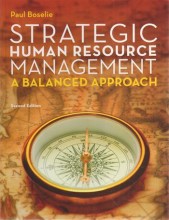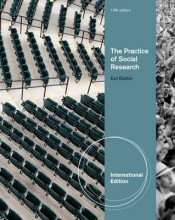High-performance Work Systems - Classic management models and system approaches
5 important questions on High-performance Work Systems - Classic management models and system approaches
In 1911 Taylor's Scientific management principles were developed. Describe this theory regarding:
- Main focus;
- Practices;
- System approach.
Main focus: strong leadership and close employee monitoring
Practices: labour division, good working conditions, direct supervision and financial incentives.
System approach: direct control.
In 1930 Mayo developed his Human Relation movement. Describe this theory regarding:
- Main focus
- Practices
- Supervision
Main focus; Personal attention and employees in their social context
Practices; cooperation, good communication, information sharing, financial and non-financial incentives.
Supervision; social integration
From 1950 - 1960 McGregors Theory Y was dominant. Describe this theory regarding:
- Main focus
- Practices
- Supervision
Main focus: theory Y creating autonomy, challenging jobs and employee involvement.
Practices: decentralization, job enlargement, job enrichment, performance appraisal
System: High involvement
- Higher grades + faster learning
- Never study anything twice
- 100% sure, 100% understanding
From 1960 Emery & Trist's Socio technical system theory was dominant. Describe this theory regarding:
- Main focus
- Practices
- System
Main focus: new work designs for technical production settings.
practices; teamwork, job enlargement, job enrichment, job rotation, employee autonomy, good working conditions, integration products and work systems.
System: enrichment system.
What is Lean management? (1980s)
This is a socio-technical approach.
The question on the page originate from the summary of the following study material:
- A unique study and practice tool
- Never study anything twice again
- Get the grades you hope for
- 100% sure, 100% understanding
































